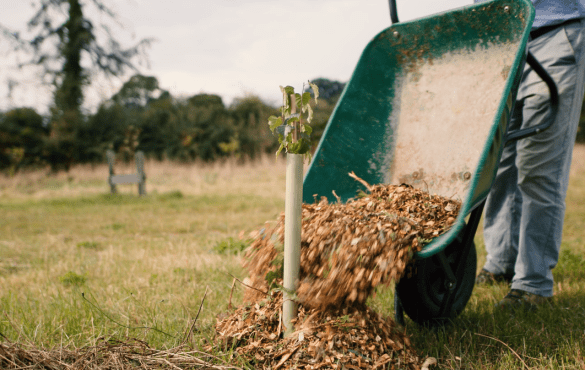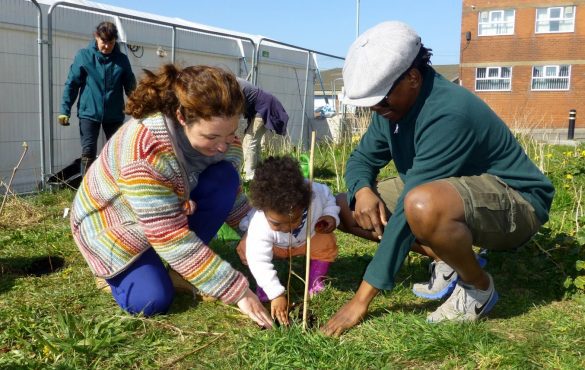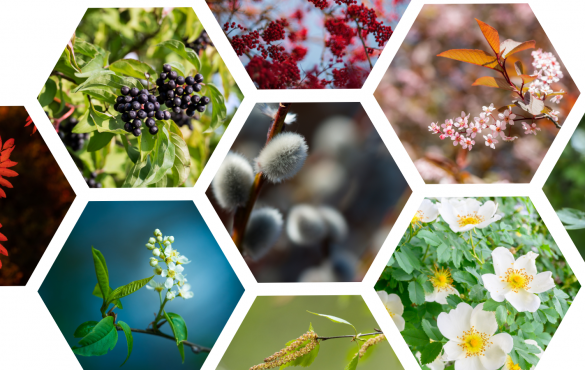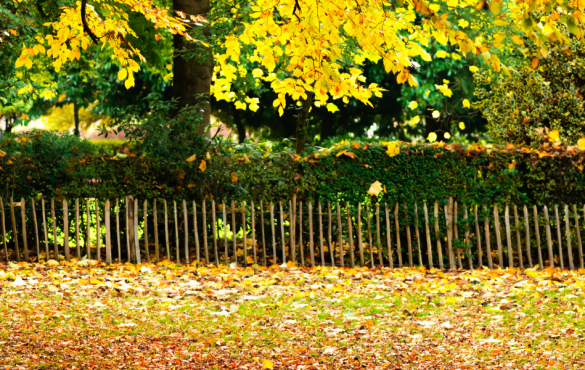This blog is part three of a series. Click here for part one and part two.
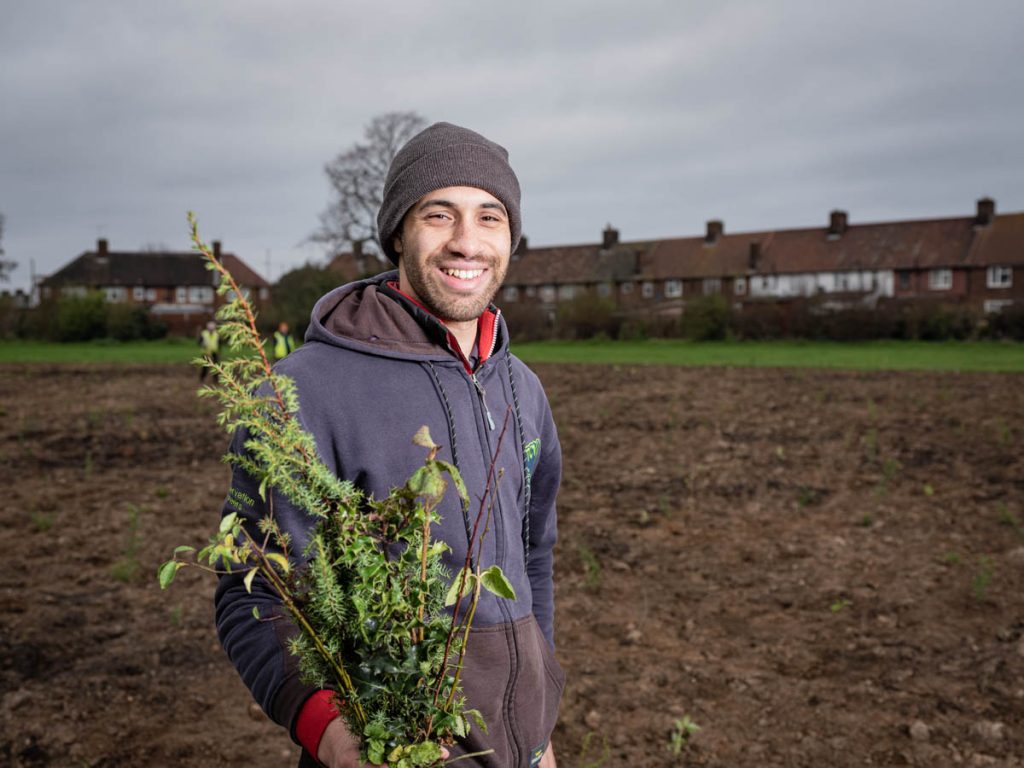
On Thursday 3rd December 2020, the first 28,000 trees were planted as part of the Parsloes Park ‘Forest of Thanks’. The forest is a joint project between The Conservation Volunteers, Barking & Dagenham Council, NatWest, Thames Chase community volunteers, Wild Urban Spaces and SUGI.
The forest is the largest Miyawaki project in Europe with 32,000 trees. The ‘Forest of Thanks’ will be planted in four blocks covering a hectare of the park.
In the spring, the paths between the blocks will be sown with a mix of woodland flower and grass seeds. The creation of the rides is to increase habitat diversity.
Alongside the trees planted with the Miyawaki technique, a section of trees will be planted using the traditional method. This will allow for direct comparison of the two styles of planting, a great opportunity for Citizen Science projects.
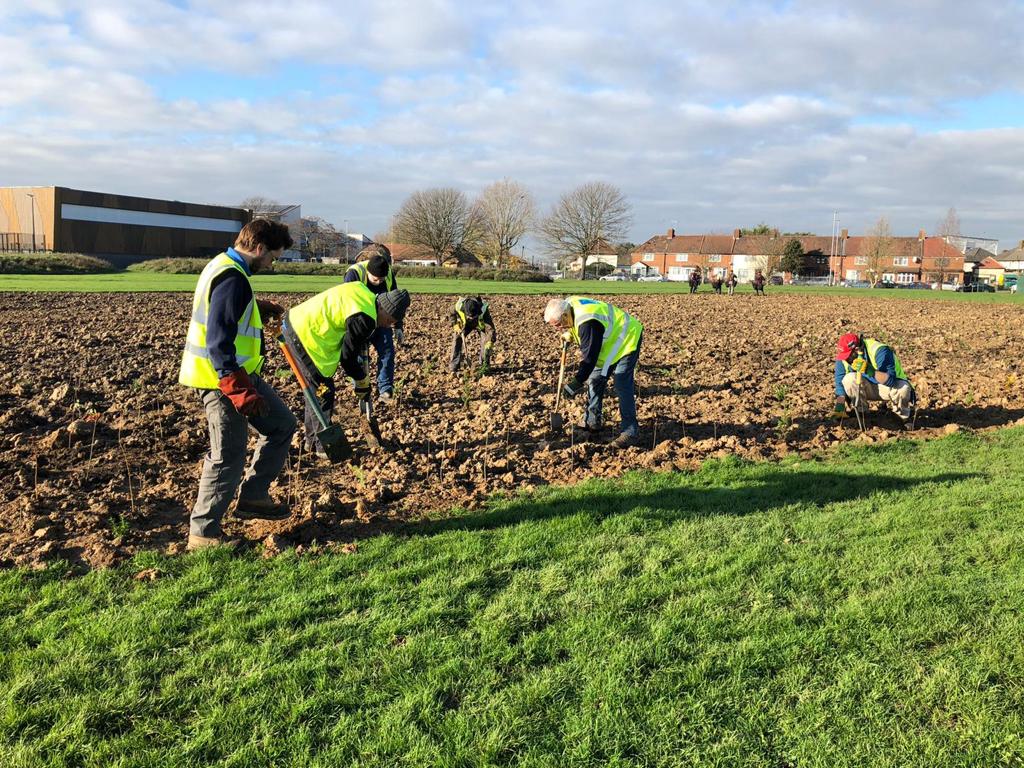
The Forest of Citizen Science
Citizen Science allows the public to assist in research which can greatly increase scientist’s ability to collect data. It also improves the participants understanding of scientific principles.
Part of the ‘Forest of Thanks’ project is to evaluate the Miyawaki method and compare the development of the forest with the traditionally planted block as the trees grow.
Members of the local community can be trained to help monitor the development of the ‘Forest of Thanks’. These Citizen Scientists can collect measurements on tree diameter, canopy cover, soil chemistry, and conduct bird, insects and plant surveys to assess if there is a difference in the speed of colonisation.
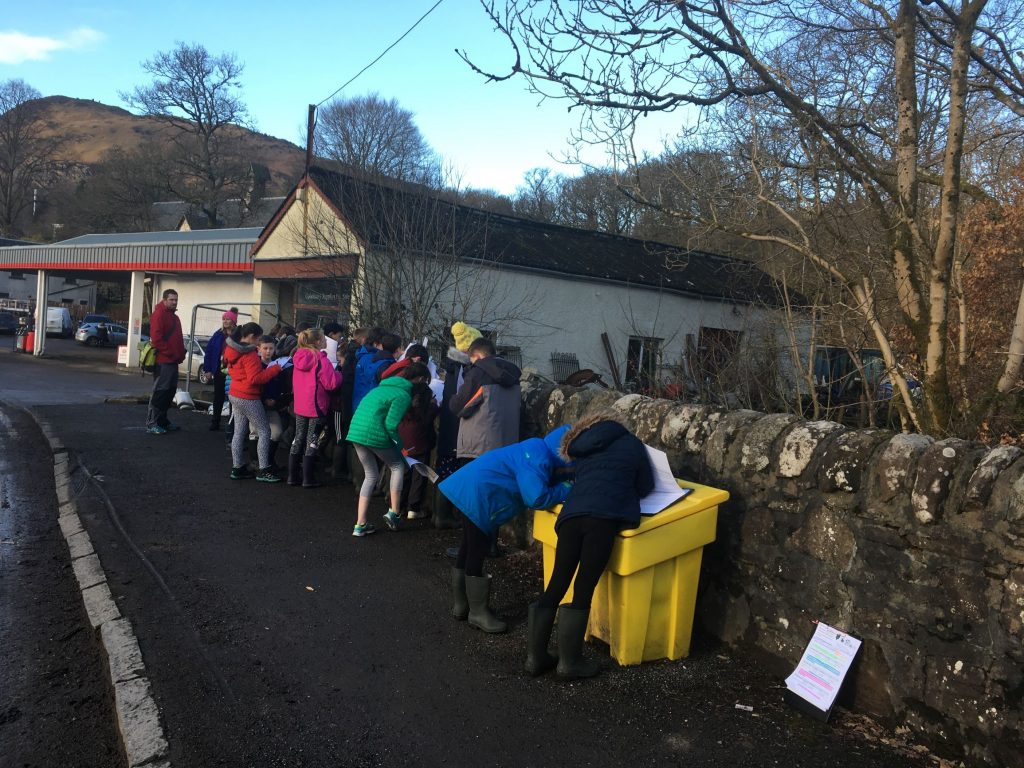
The Forest of Community Spirit
Involving local people with the monitoring and study of the trees will also help the local community connect with the forest, which is a vital part of any green space’s success.
At TCV we know that when members of the local community gain greater knowledge and understanding of their local environment, they become more invested in its protection and improvement.
Projects, such as the ‘Forest of Thanks’ also help build stronger communities by bringing people together that might not otherwise meet.
School children can get involved too, instilling an interest and care for nature, and hopefully inspiring some to take up careers in science, whether that is in the environment sector of any of the many other valuable fields.

